Benjamin Christensen’s ‘Häxan: Witchcraft Through The Ages’ was released in 1922 to a storm of controversy. While harmlessly tame by today’s standards, Christensen’s portrait of satanic decadence was heavily censored before its release. Scenes depicting a trampled cross, explicit torture, an unbaptised infant being cooked and the mutilation of a corpse’s hand for a witches’ brew were all removed from the initial cut. These missing scenes were later returned however, including the sequence in which Satan lays with a nude woman.

‘Häxan’ is essentially a documentary that implements various creative techniques to recreate an accurate reconstruction of Pagan culture and witchcraft, while offering a modern commentary on the whole. But the film’s historical authenticity is ultimately overshadowed by its imaginative reenactments and set pieces. It’s apparent that Christensen’s intent was to impart a didactic, though mysterious and haunting quality to his piece, and was said to have filmed a majority of the scenes during the dead of night, which was uncommon for that era. The picture begins with historical facts of witchcraft and medieval beliefs of hell and the occult. Several re-enactments depict a witches mass and demons accepting sacred rites. Christensen then walks the audience through the specifics of a witch-hunt, showing a crude, blood-lusting judge, and the trail of death that follows him. Faced with a ‘catch-22,’ women accused of witchcraft were destined to die, often bringing their accusers to trial (and ultimately death) with them. Häxan closes with a commentary on a modern portrait of a mentally distressed woman and her similarities to classical conceptions of witches, suggesting that perhaps psychological disorders were the root of ancient witchcraft.

In 1968 Häxan was re-released with the inclusion of a narration by William S. Burroughs and a new jazzy score featuring Jean-Luc Ponty’s strings. The primary difference in the two versions is the replacement of silent-era title screens with Burrough’s narration. The original cut is 104 minutes, while the ‘68 version is 77 minutes.

Häxan is a film of fact and folklore, broomed witches sailing through twilight, and serpent- tongued devils beckoning young maidens into eternal damnation. Potentially much more accessible to young viewers than other silent-era films, Häxan has become a certified classic, and now heralded as one of the most skillful and unique works of its time. Notice director Christensen as the tongue-lashing devil seen throughout the film.
And the ’68 version,




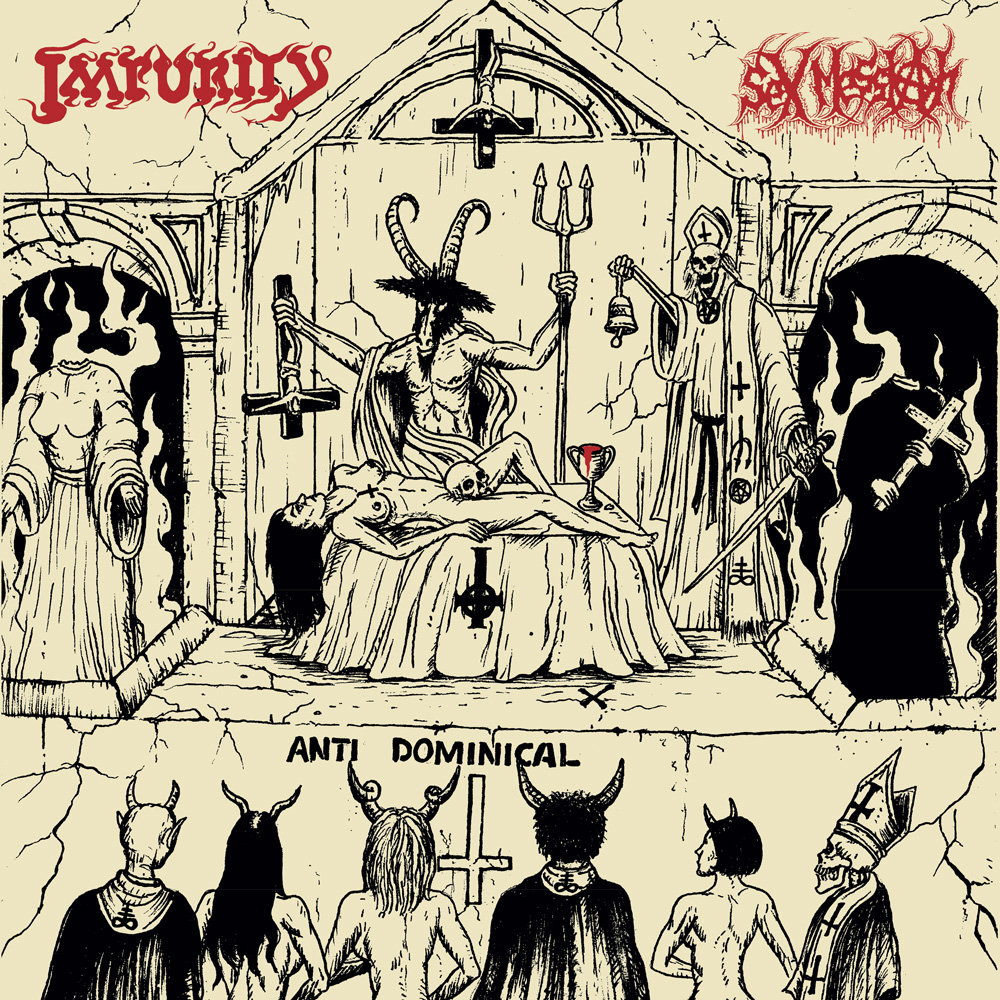

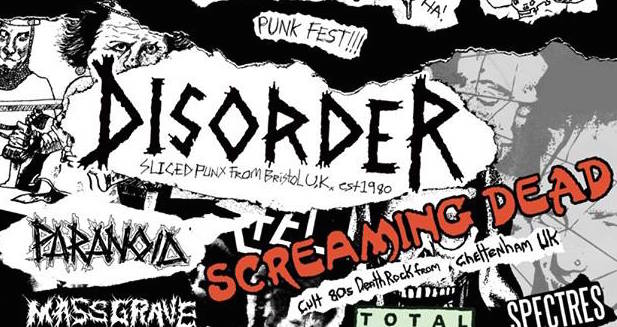

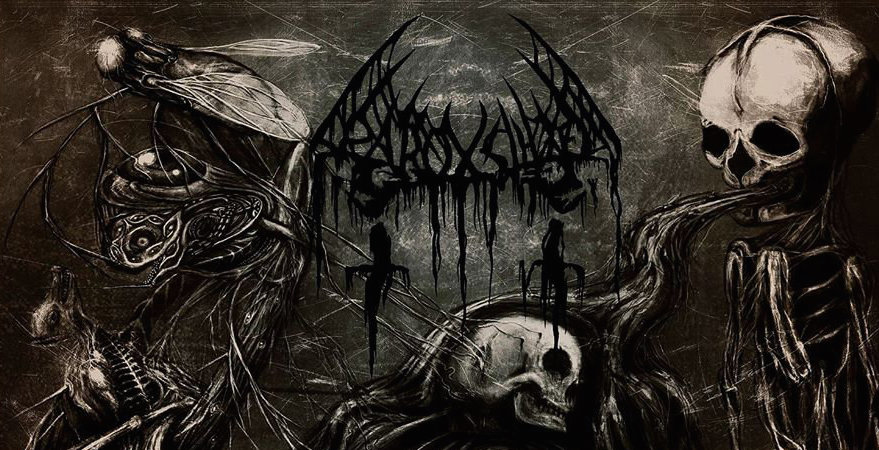
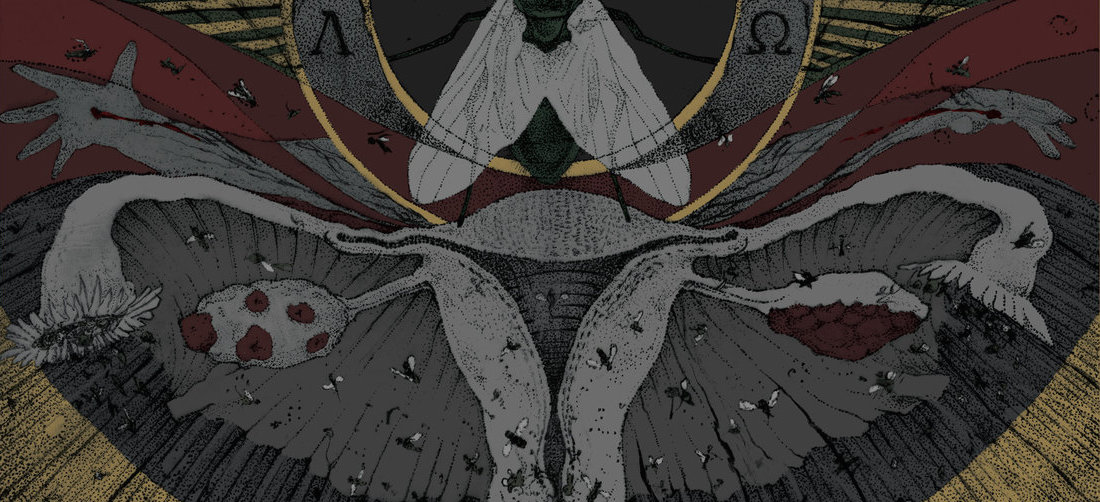
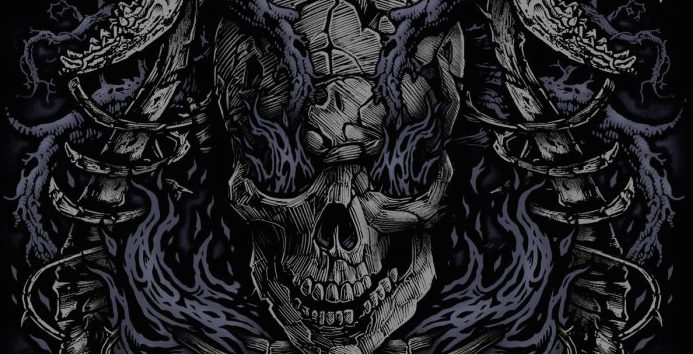
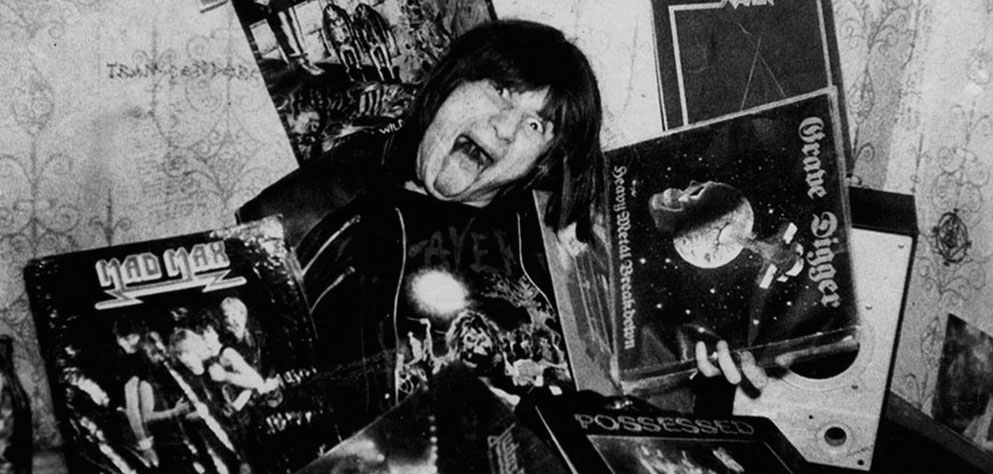
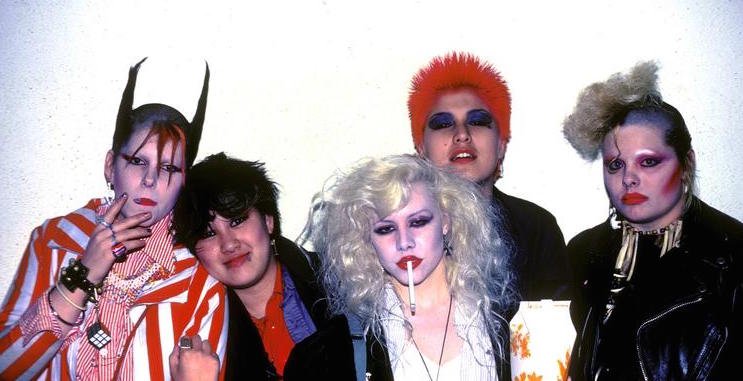
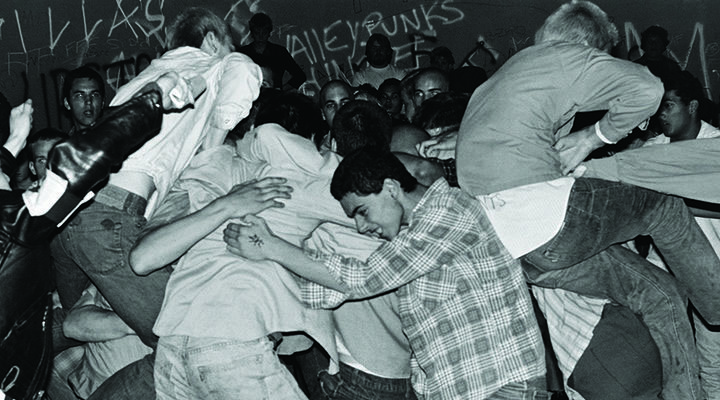


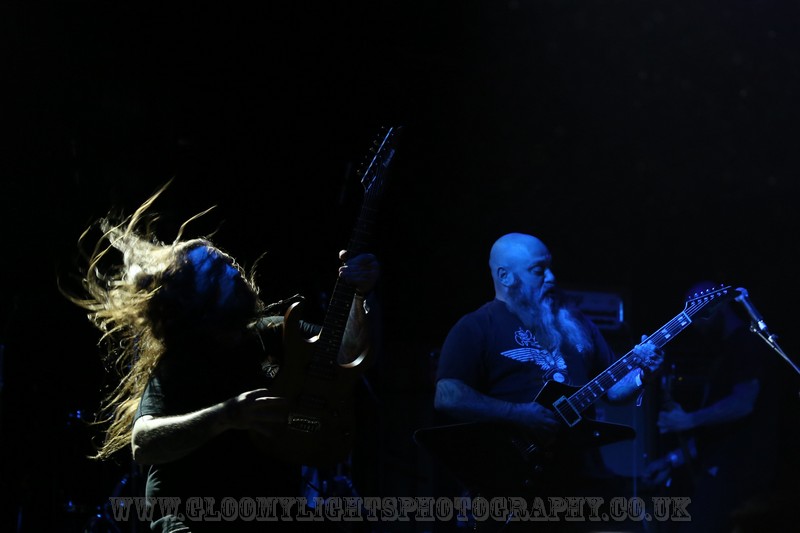



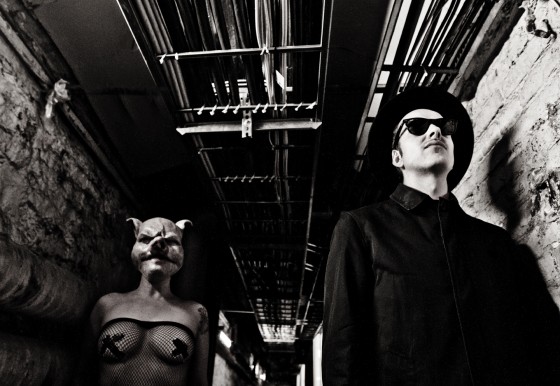
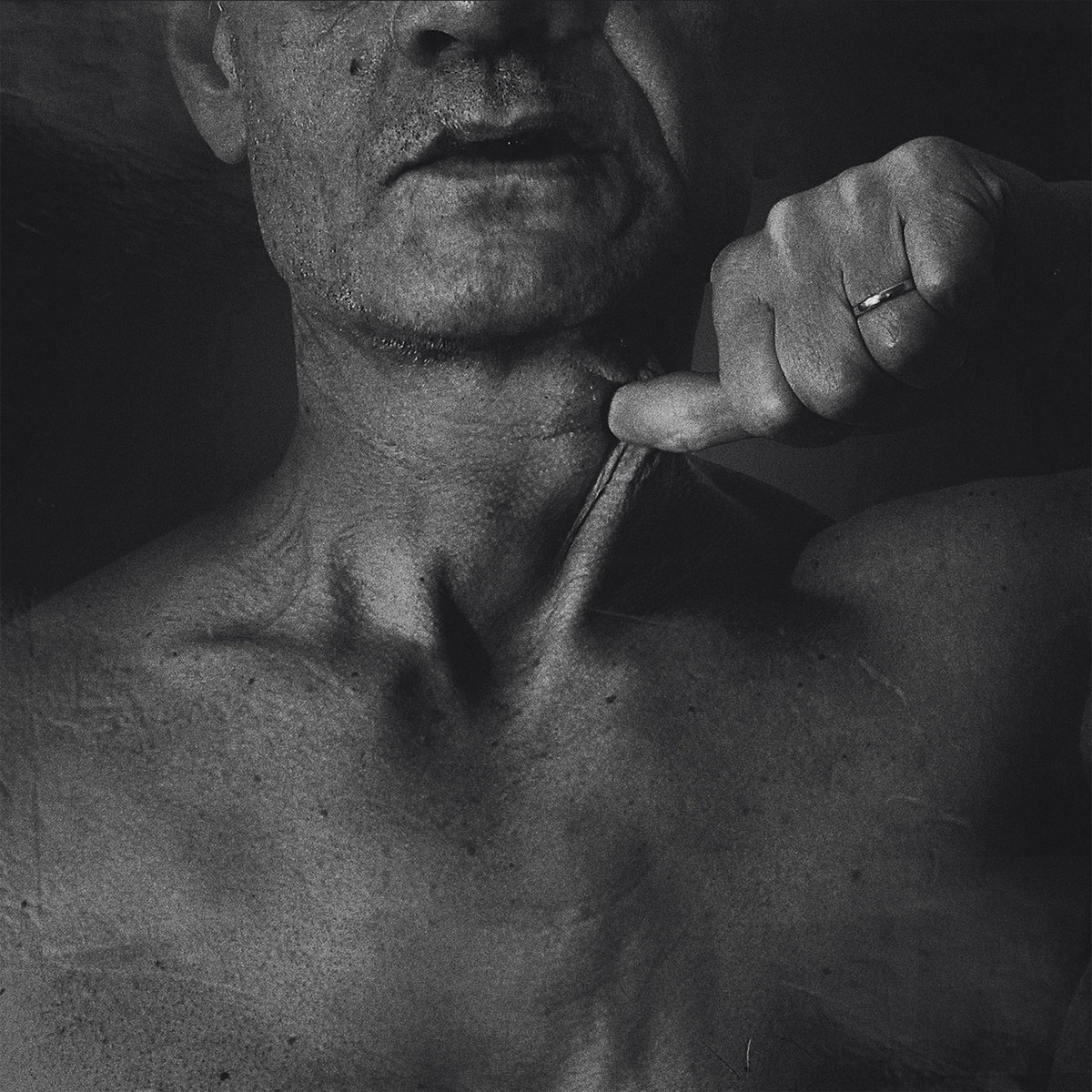

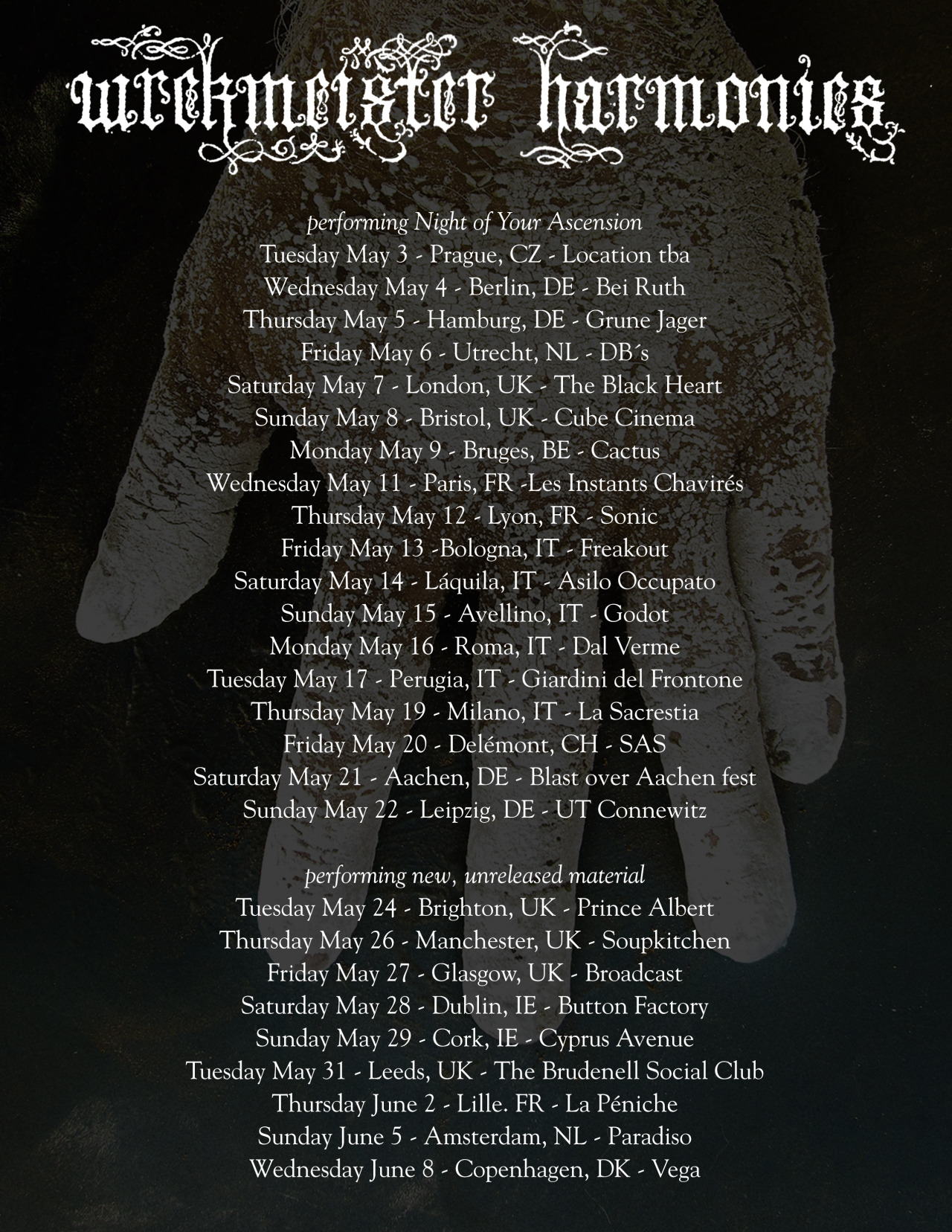
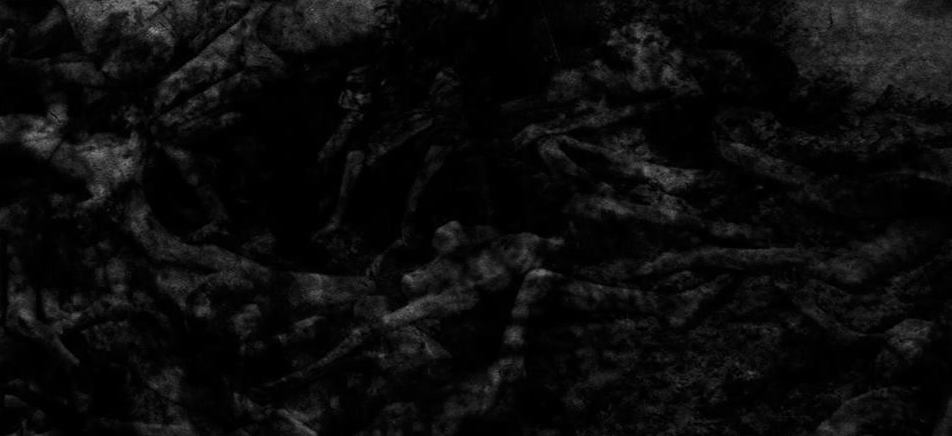
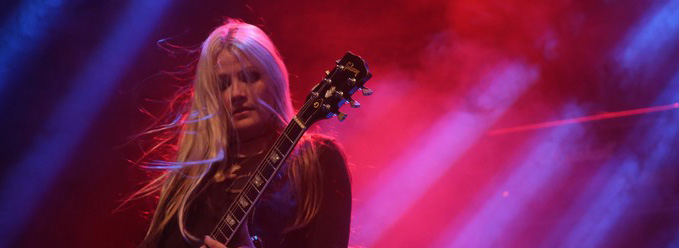
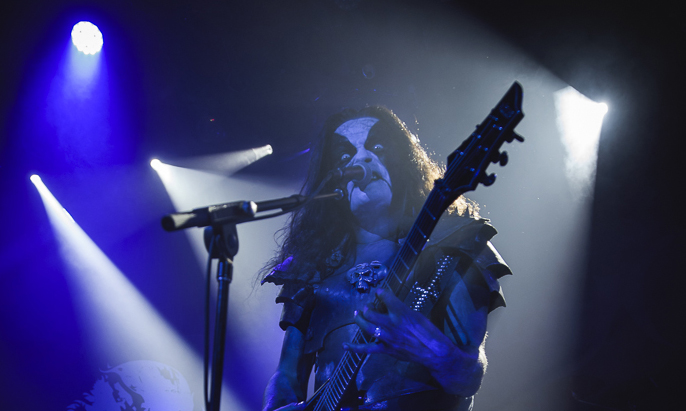

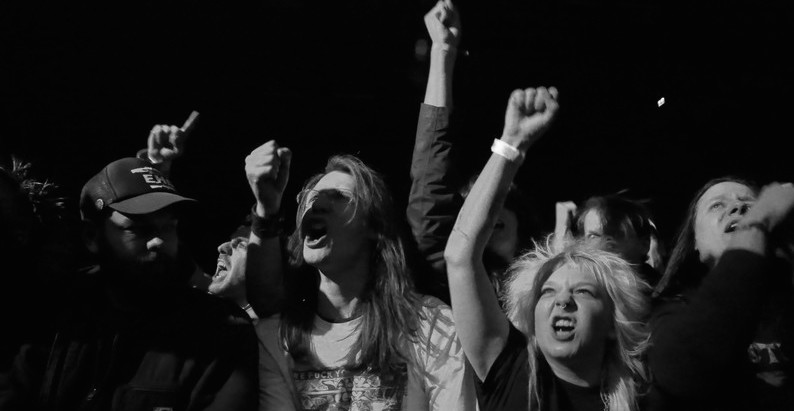
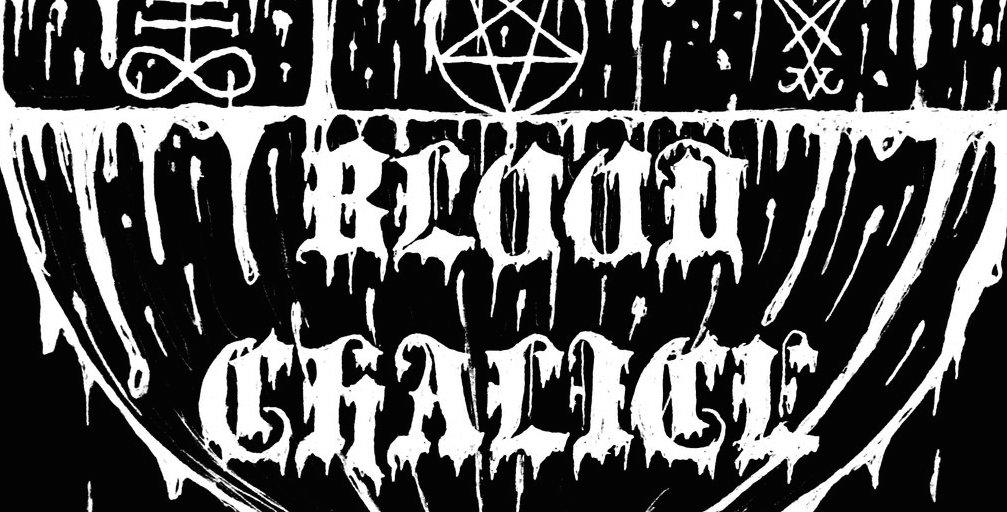
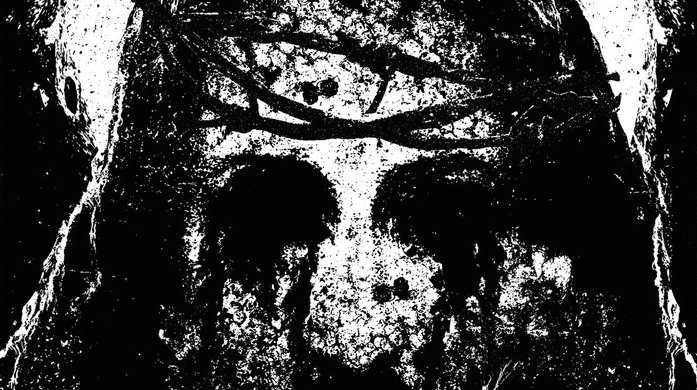
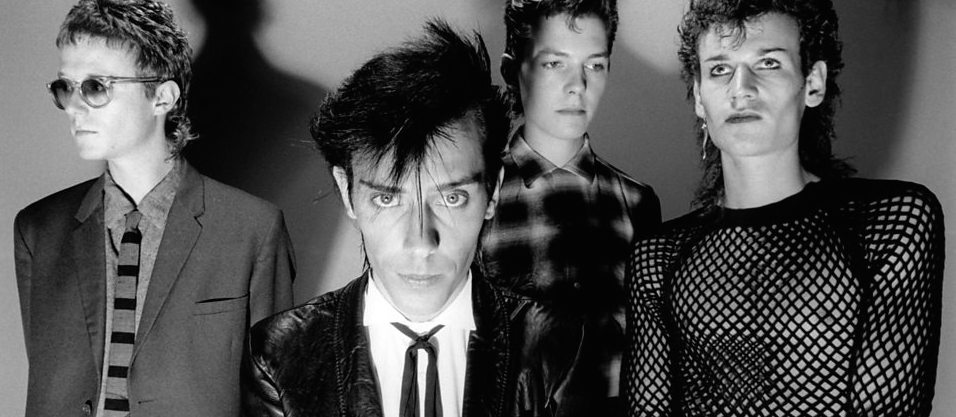



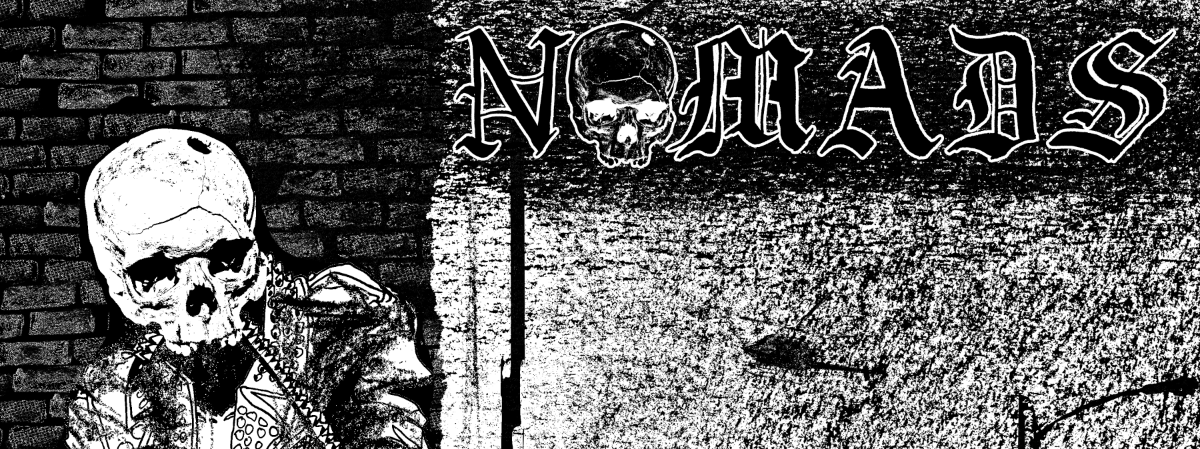
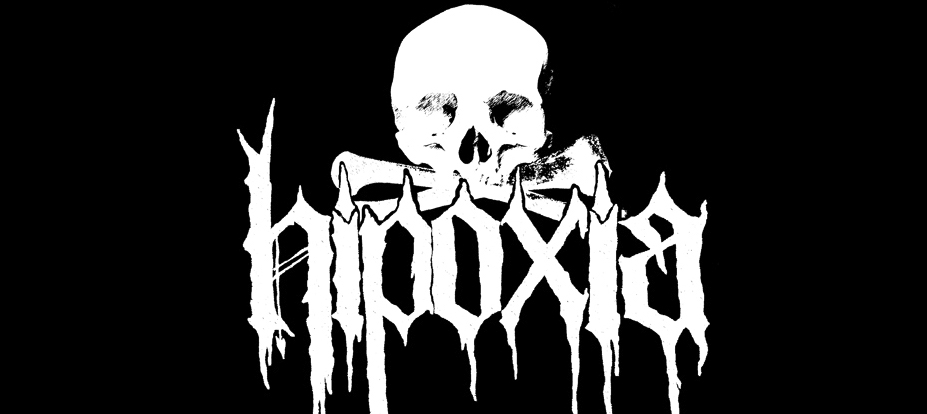
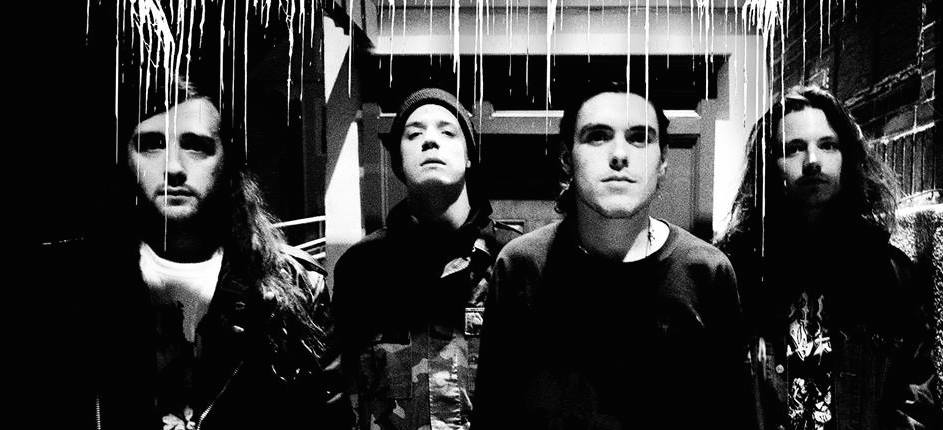
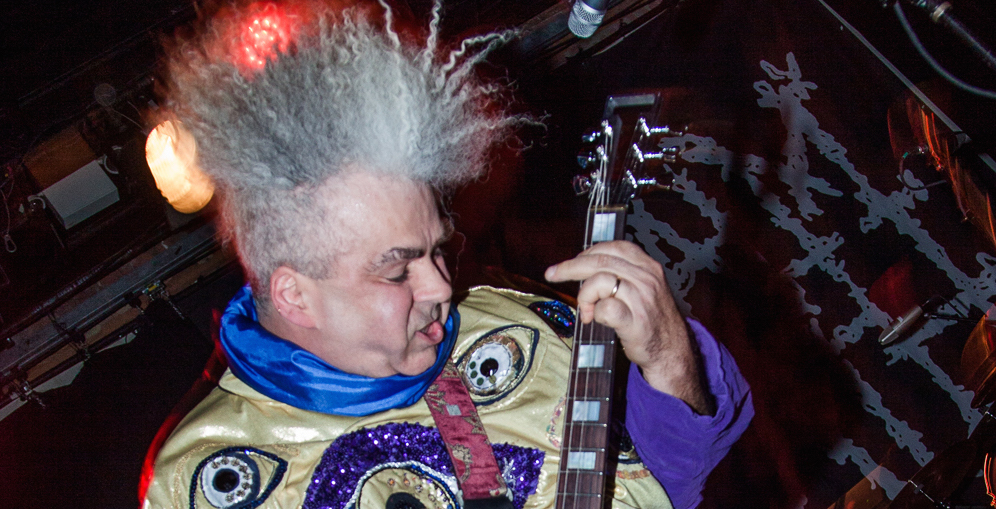

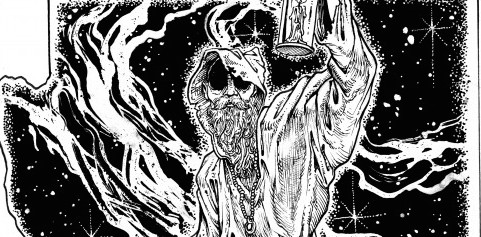
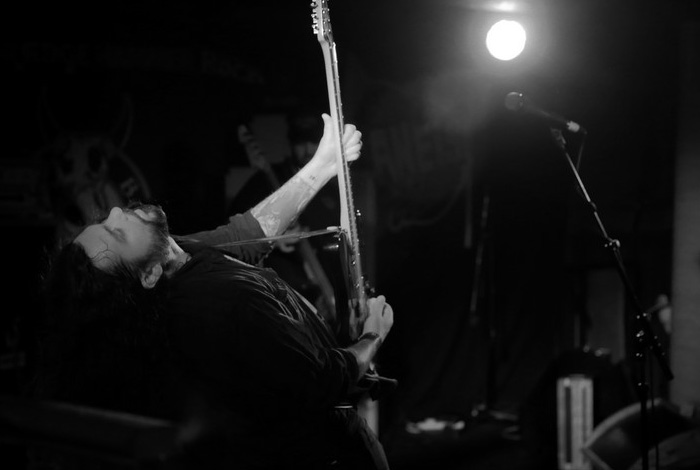
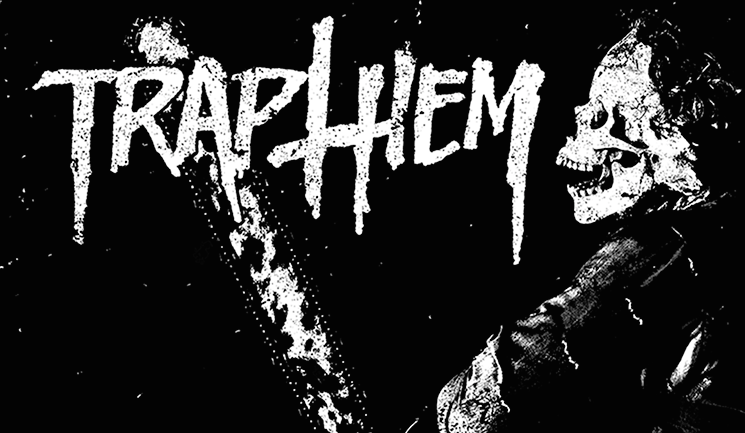

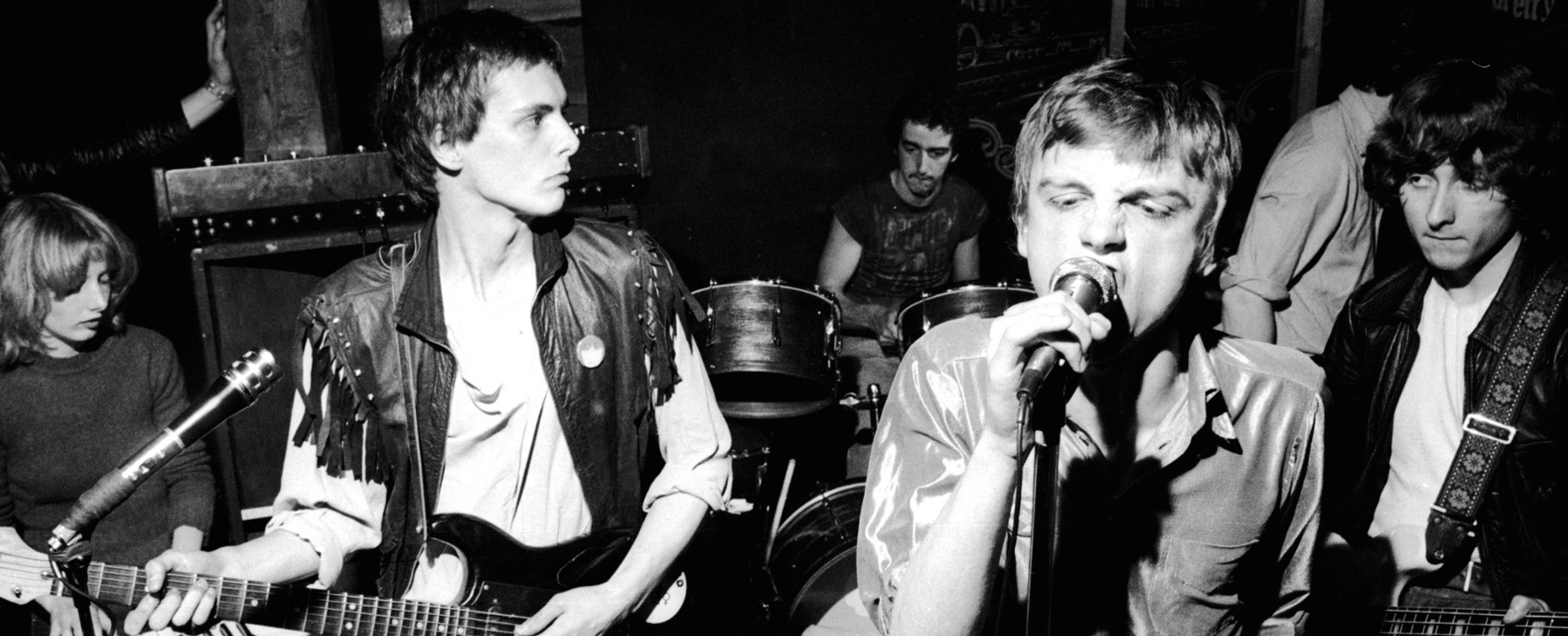
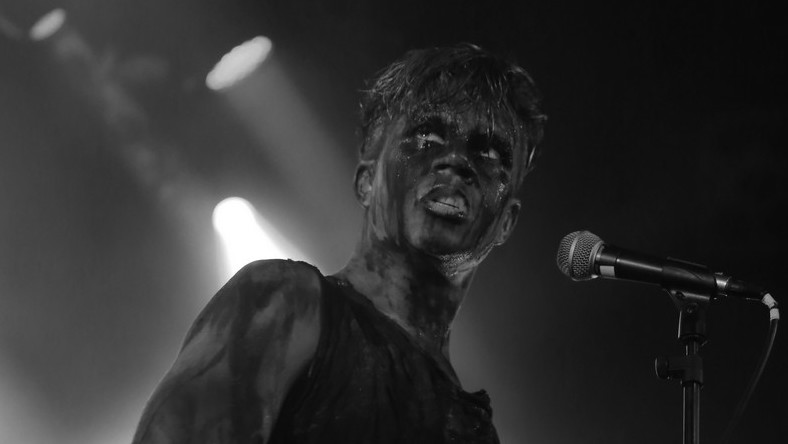
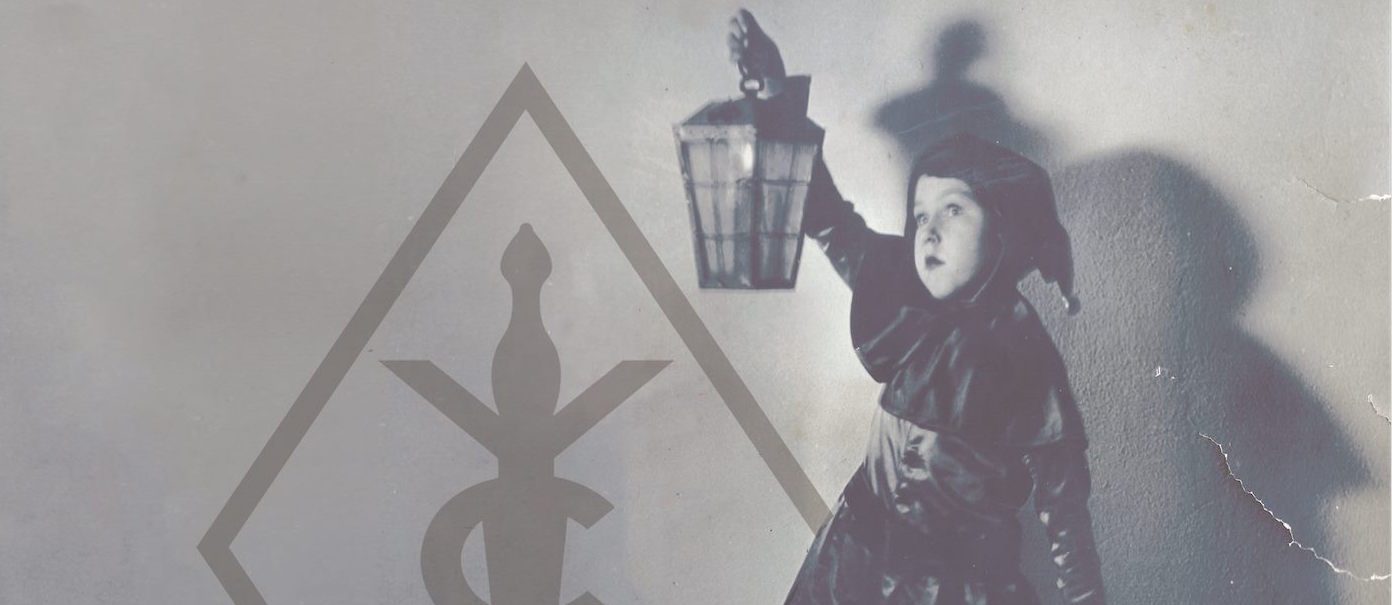

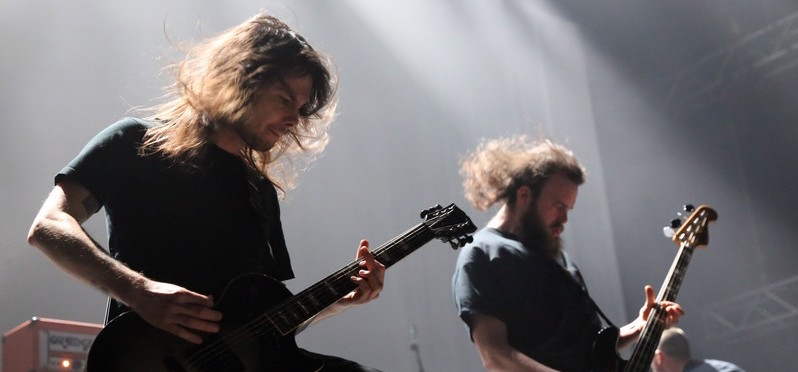

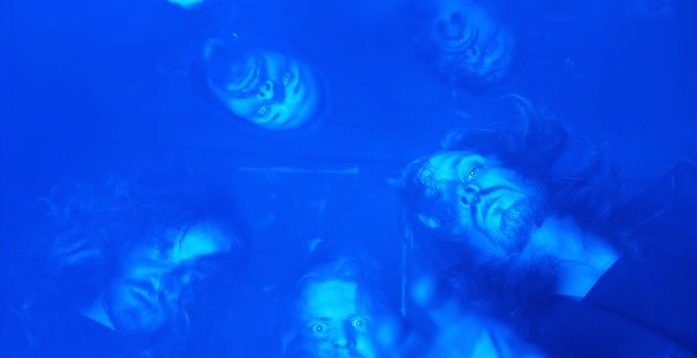
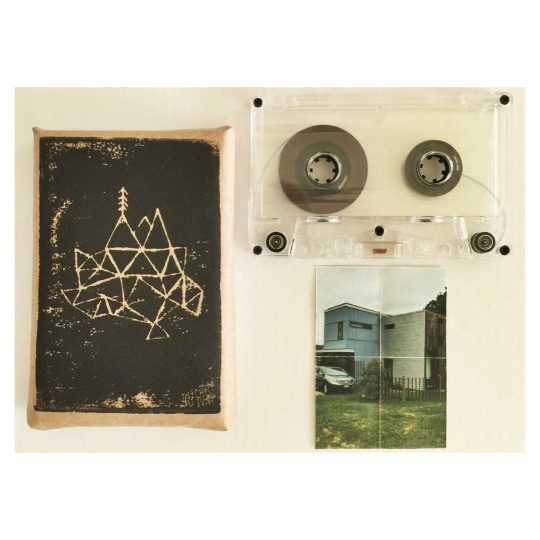
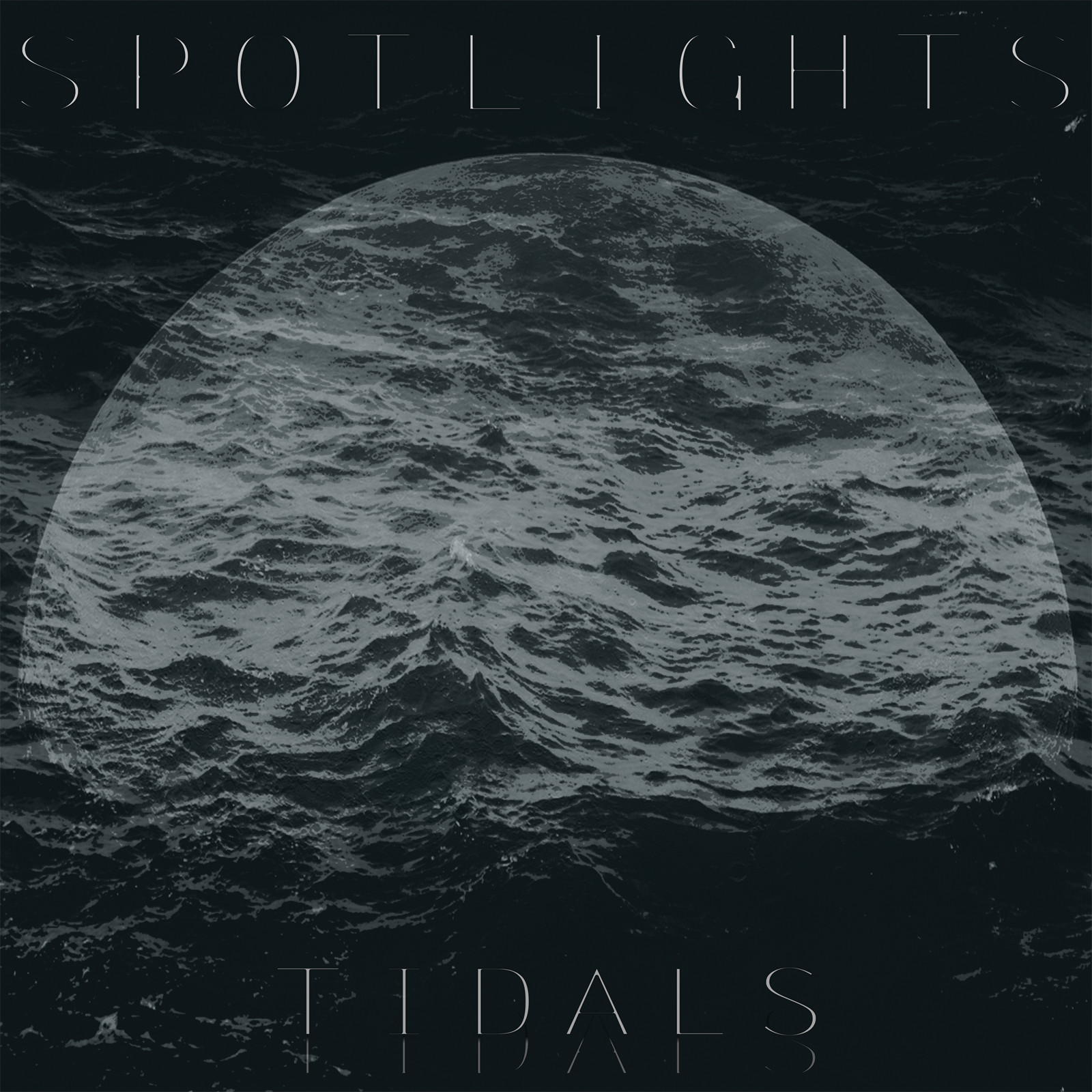
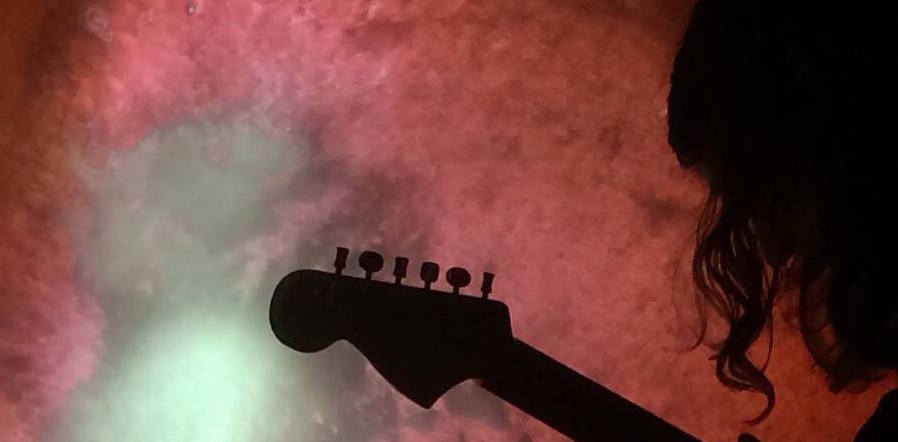

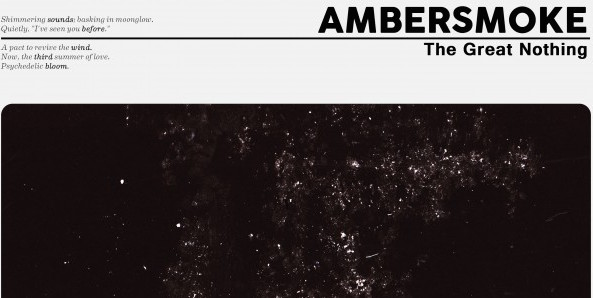
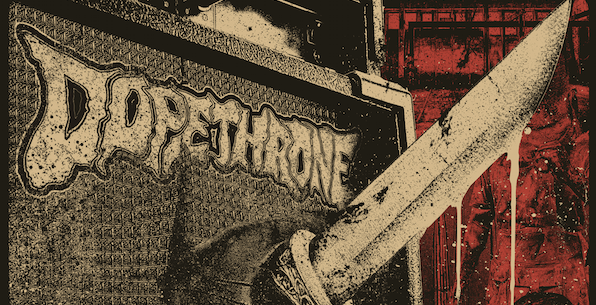


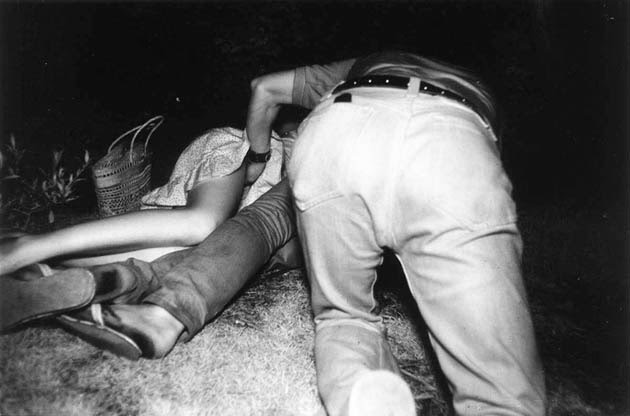
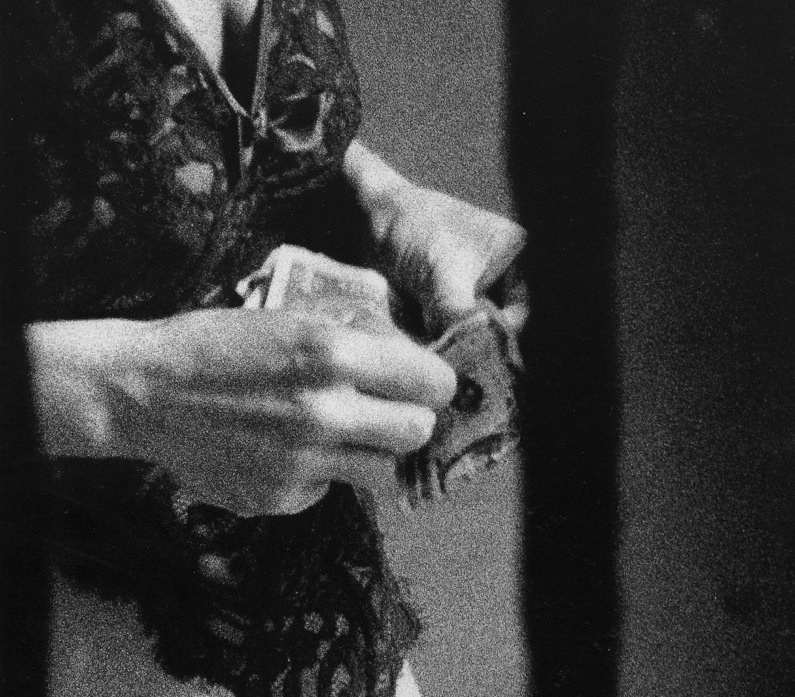

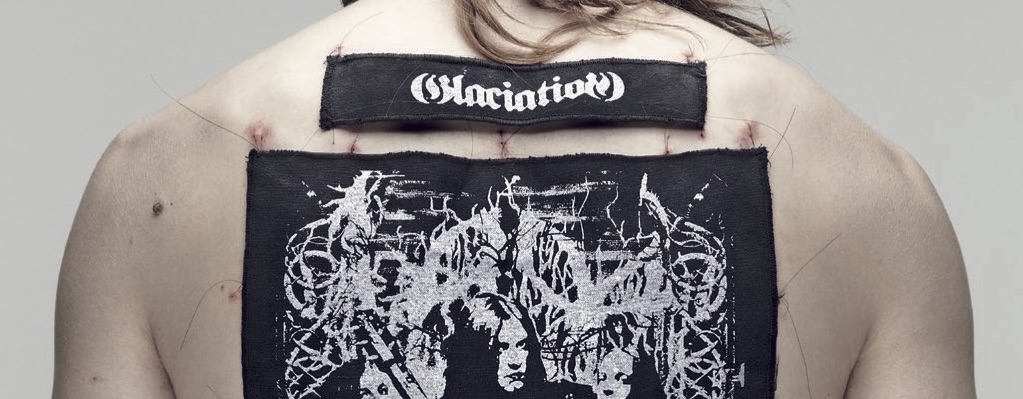

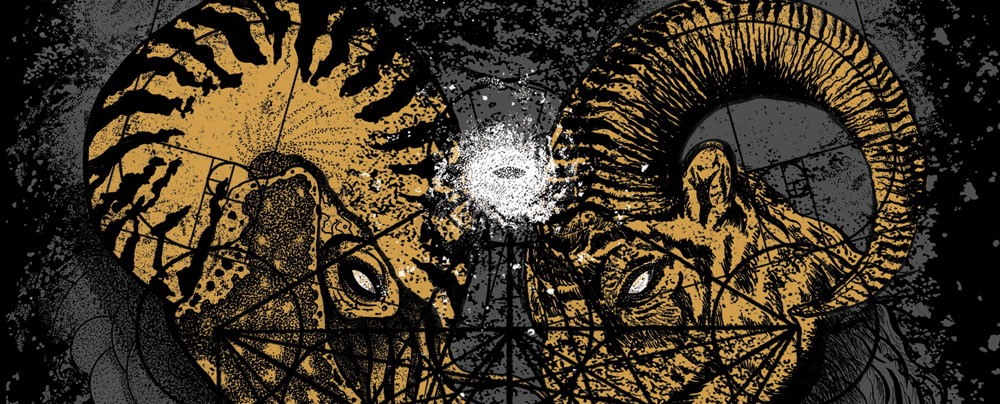

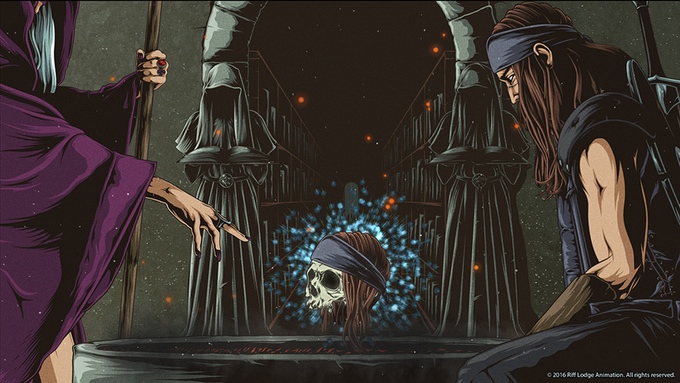
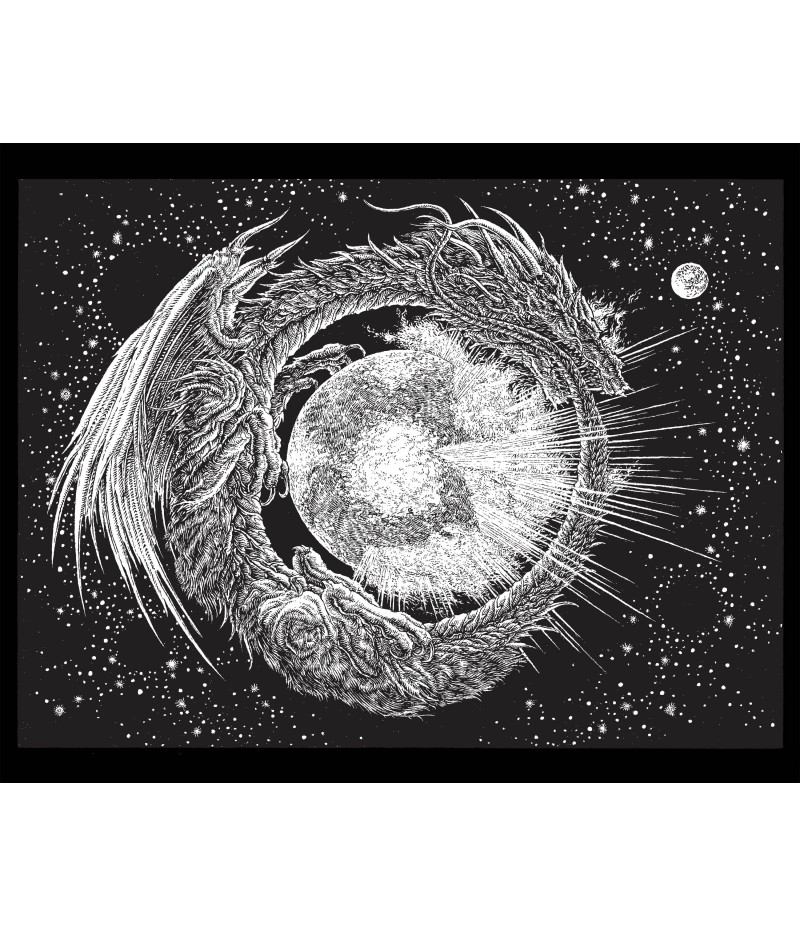
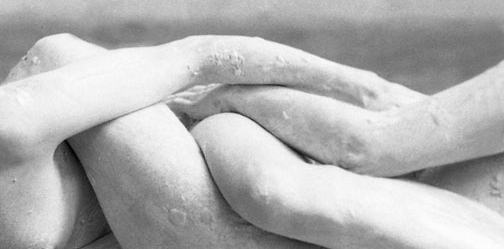
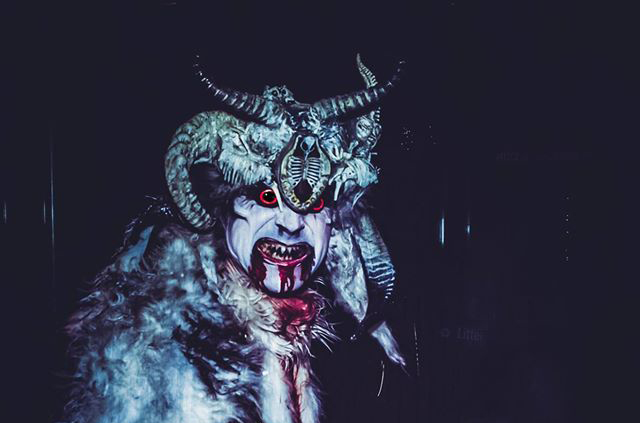

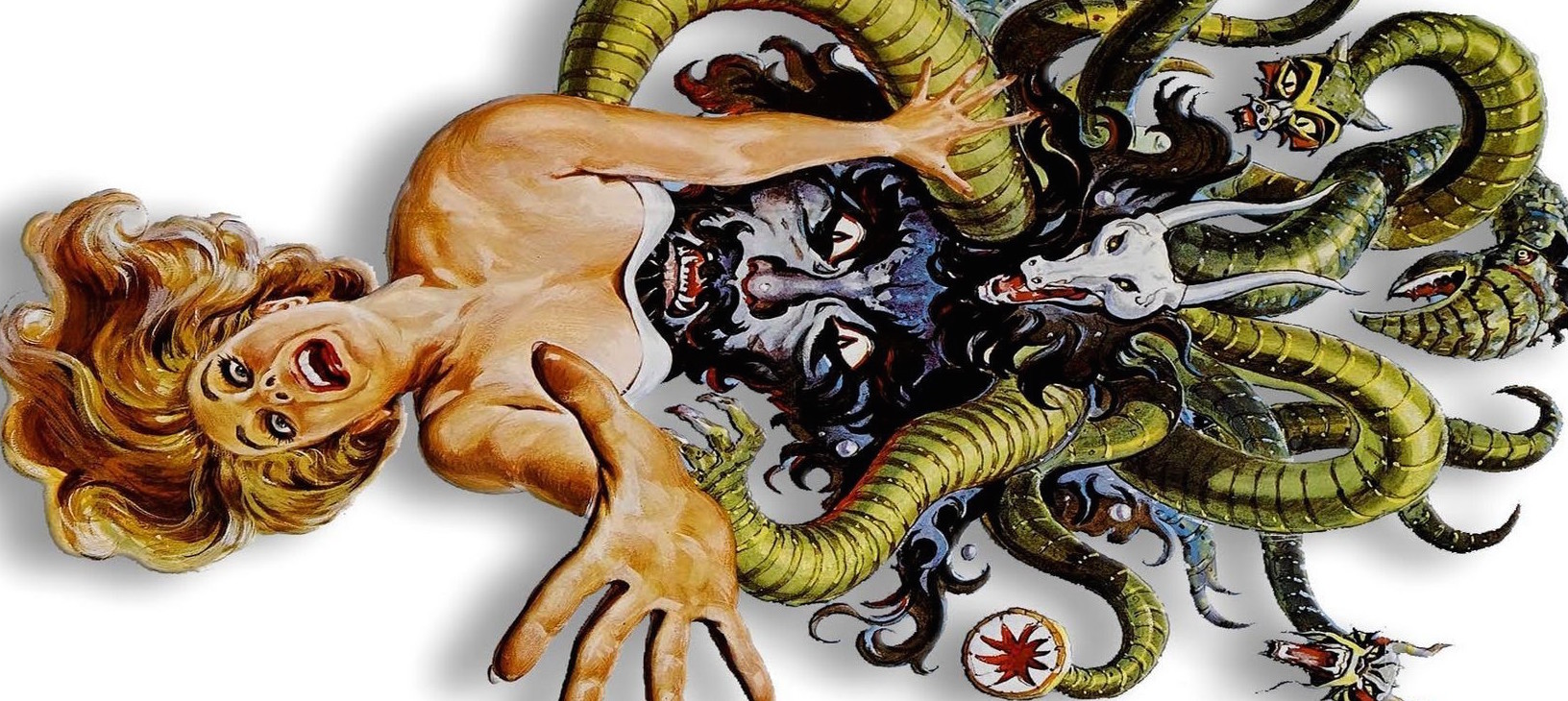

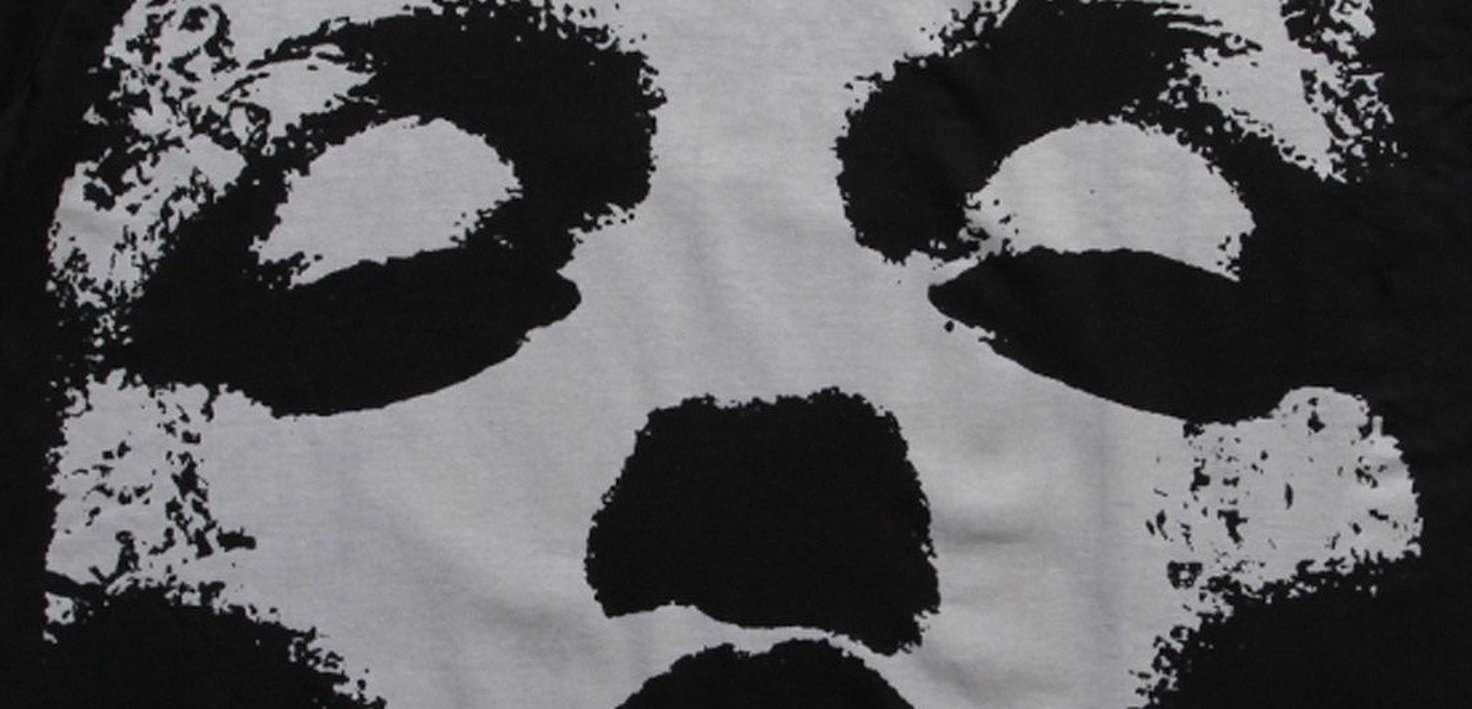
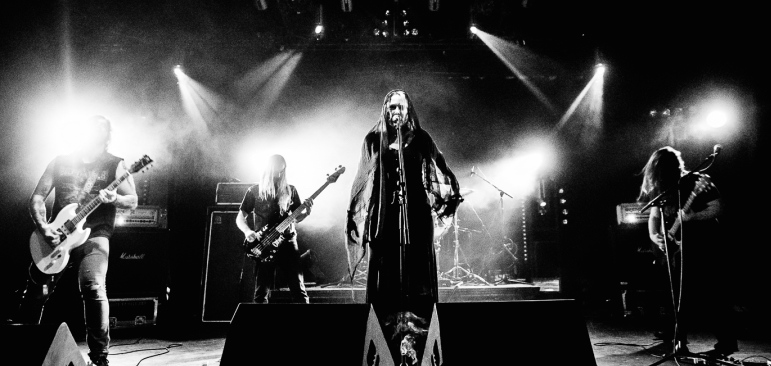
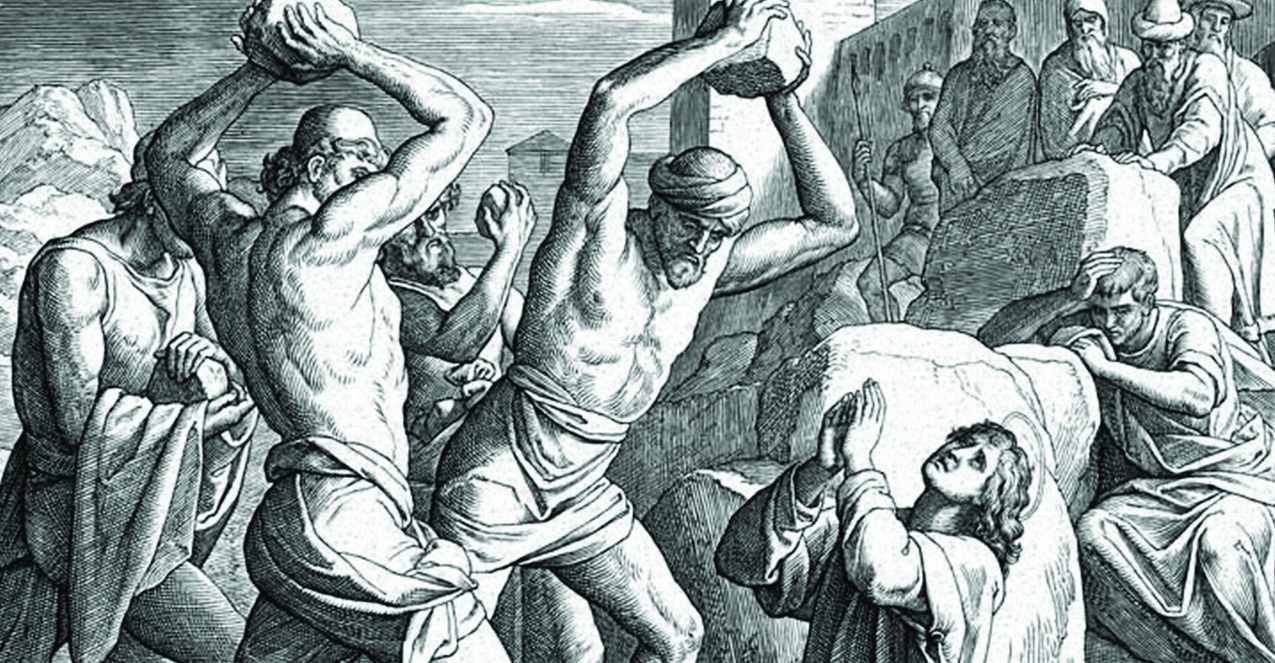
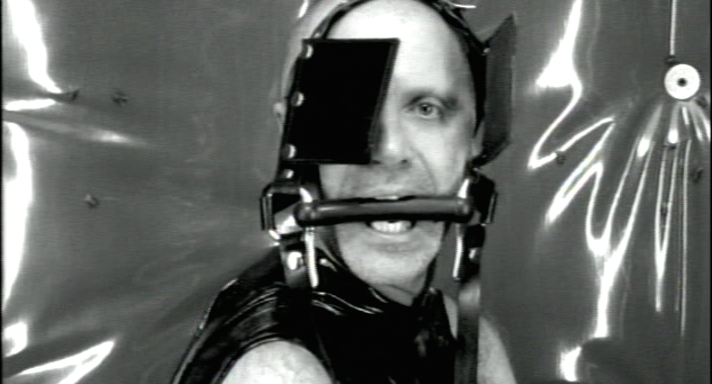

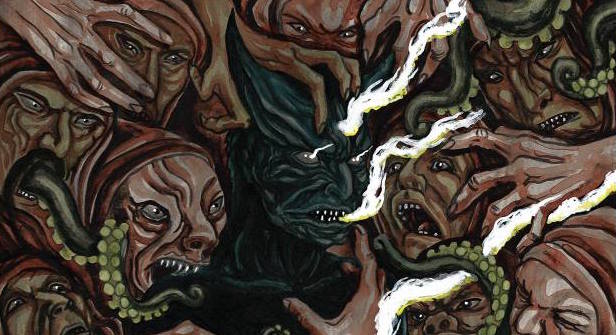
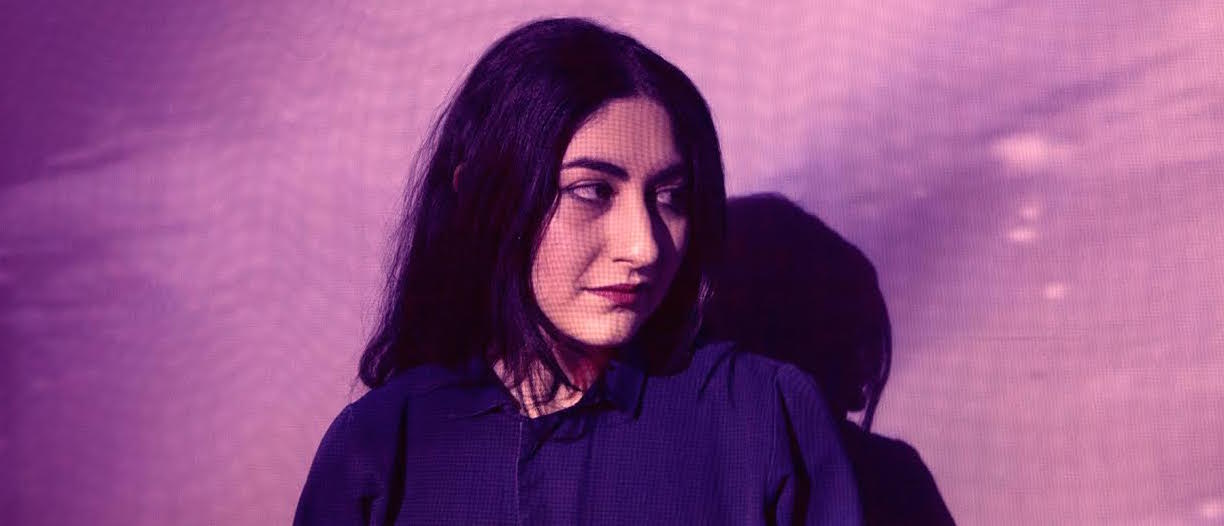

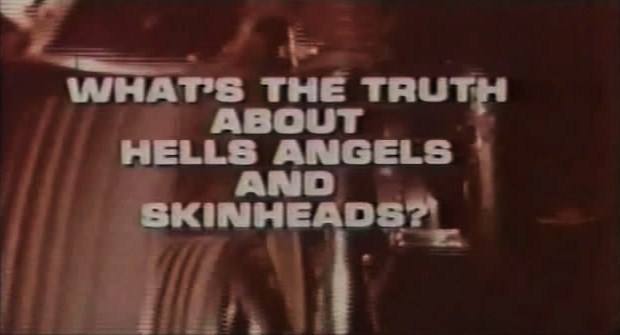
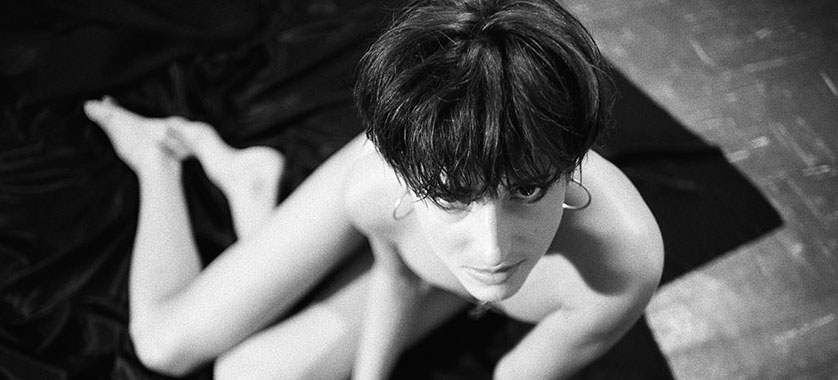








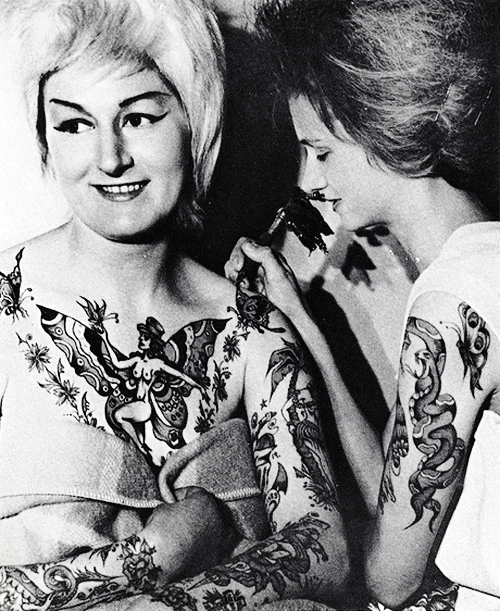

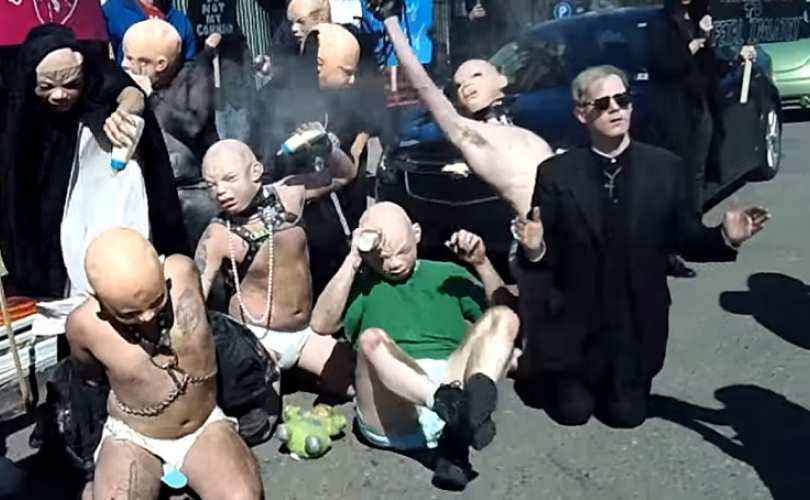





weg
September 3, 2013 at 5:19 am
5 5